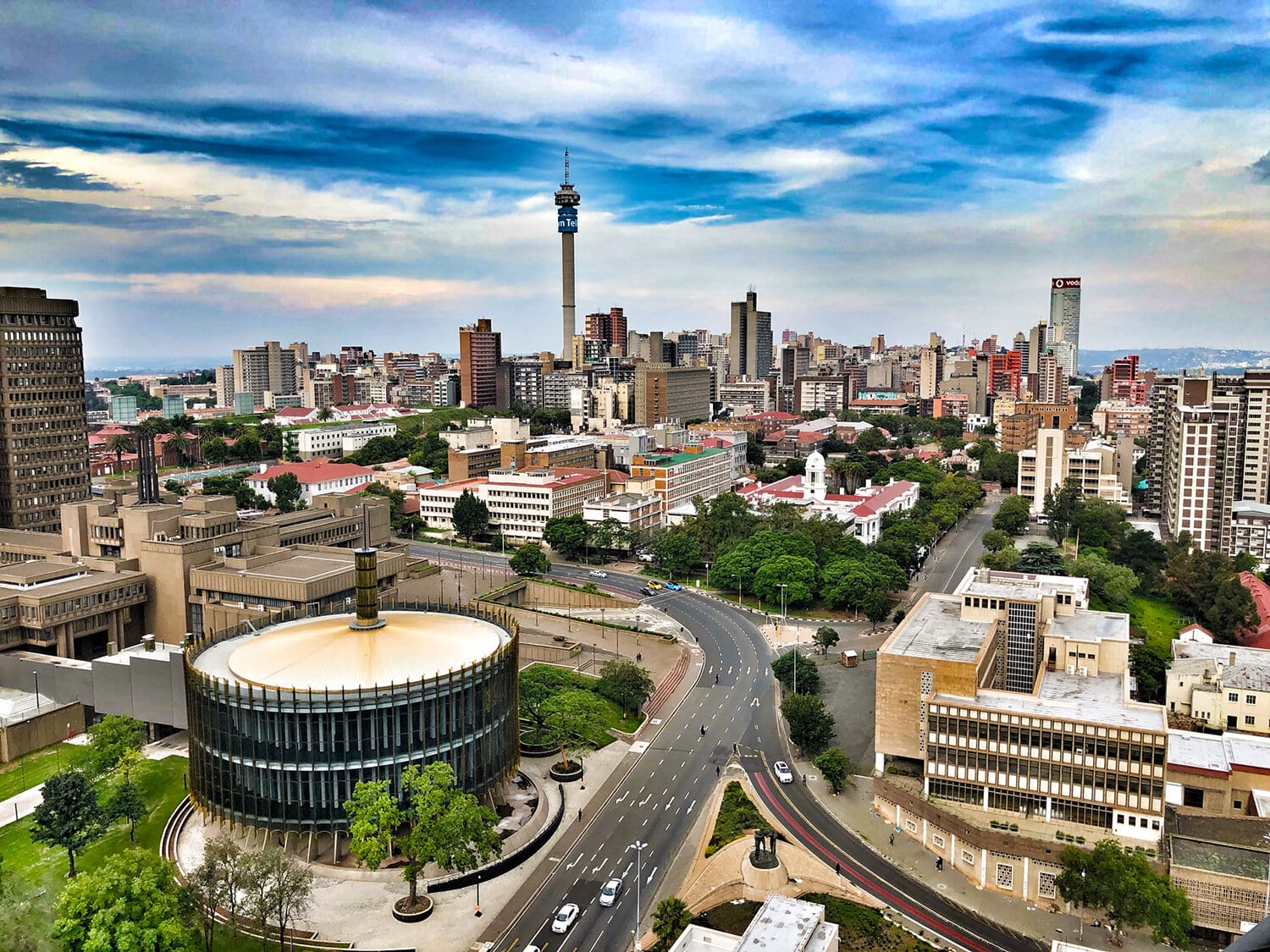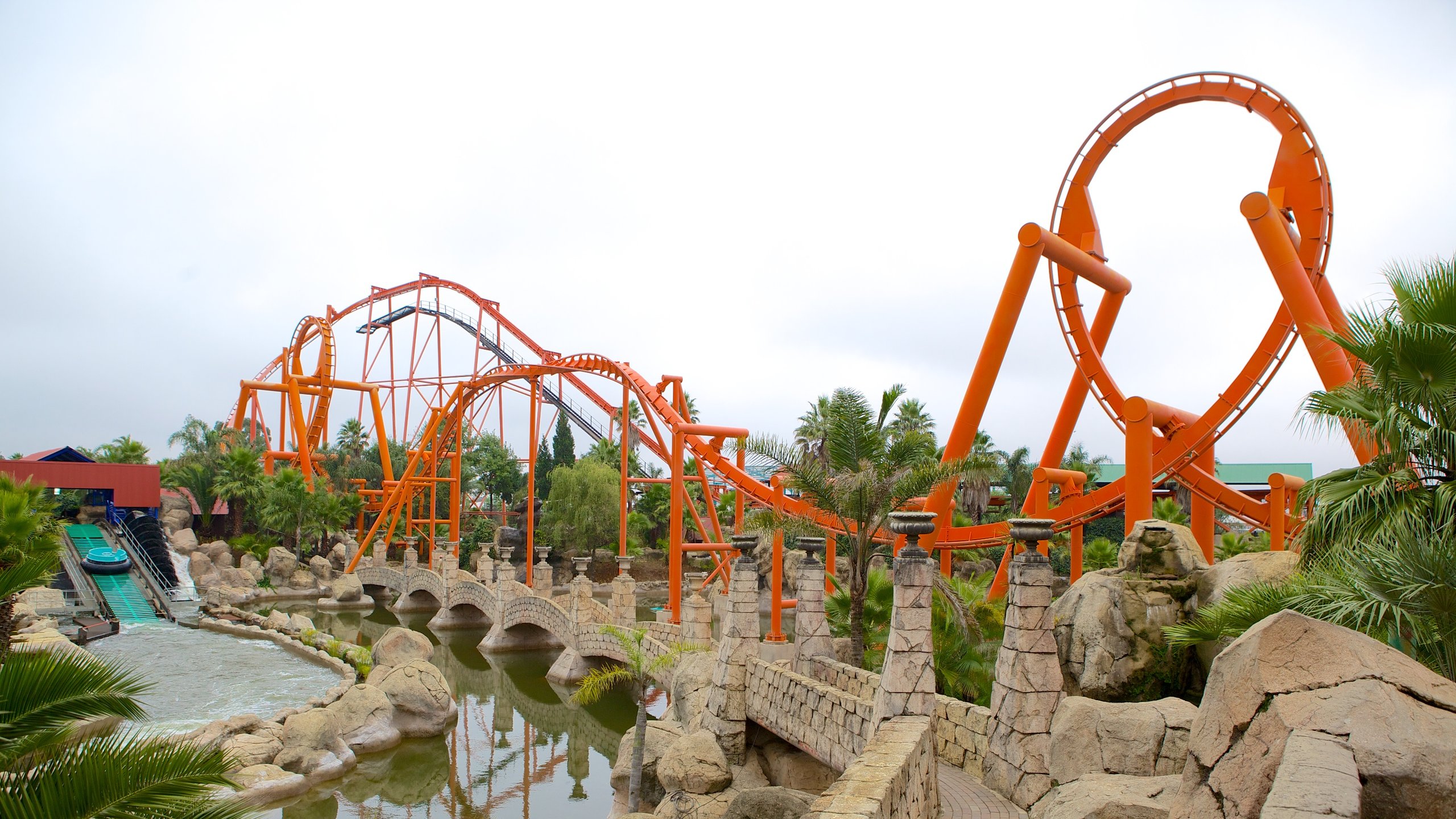Johannesburg North Attractions - The Facts
Johannesburg North Attractions - The Facts
Blog Article
The Best Guide To Johannesburg North Attractions
Table of ContentsThe Only Guide for Johannesburg North AttractionsEverything about Johannesburg North AttractionsJohannesburg North Attractions Fundamentals ExplainedSome Known Details About Johannesburg North Attractions The Best Strategy To Use For Johannesburg North AttractionsThe Johannesburg North Attractions DiariesWhat Does Johannesburg North Attractions Do?
You ought to keep protection in mind and travelers should continue to be sharp at all times when in unfamiliar surroundings. Speak to the locals when you are in community to learn about the location you are remaining in. Johannesburg North attractions. When on the street (this does not put on shopping malls and other safe settings) ideal basic recommendations is to attempt your ideal to resemble a neighborhood and to prevent showing any type of kind of riches
Johannesburg North Attractions for Dummies
Teacher Revil Mason O. J. (Thomson, 1946) checked out the Witwatersrand's pre-colonial history. His historical job exploded the 'em pty land' misconception, according to which the area was without human habitation prior to the arrival of European settlers. In his magazines Prehistory of the Transvaal: A Record of Human Activity (1962) and Beginnings of Black Individuals of Johannesburg and the Southern Western Central Transvaal AD 3501880 (1986 ), Professor Mason showed the level of social and financial growth in the area before Europeans established foot right here.

Top Guidelines Of Johannesburg North Attractions
In 1878, David Wardrop discovered gold in quartz capillaries at Zwartkop, north of Krugersdorp. In 1881, Stephanus Minnaar came across gold on the ranch Kromdraai, near the Cradle of Mankind.
In March 1886, an outcropping (quickly to be called the Key Reef) was found, fairly luckily, on Gerhardus Oosthuizen's farm Langlaagte. Some say that the Lancastrian coal miner George Walker uncovered this reef. Another itinerant English prospector, George Harrison (that had formerly operated in Australian mines) acquired a prospecting licence in regard of Langlaagte in May 1886.
He chose to proceed in a pursuit for greener fields, and disposed of his Langlaagte claim for the baronial amount of 10. Alas: below lay the richest goldfield ever before discovered. The exploration of this abundant auriferous coral reef provoked a gold thrill that signalled completion of bucolic tranquillity in the southerly Transvaal.
It would, within 6 years, become the biggest town in southerly Africa. Within a years, it would certainly make the Z. A. R. up until then an anarchical and insolvent little state the wealthiest nation in Africa. By the turn of the century, the Z. A. R. was to go beyond Russia, Australia and the USA of America to end up being the world's leading gold producer, creating even more than a quarter of the world's gold.
The 5-Second Trick For Johannesburg North Attractions
It was referred to as Ferreira's Camp, called after Colonel Ignatius Ferreira. He was a Boer traveler upon whom the British authorities had presented the standing of Friend of one of the most Differentiated Order of St Michael and St George (qualifying him to the post-nominal letters C. M. G.) in gratitude for his role in the war that had deposed the Pedi king Sekhukhune in 1879.
Two other camps were established: Meyer's Camp on the ranch Doornfontein, and Paarl Camp. The latter was nicknamed Afrikander Camp; lots of individuals from visit here the Cape Nest cleared up there.

Johannesburg North Attractions - The Facts
This name gained currency by word of mouth, such that the State Assistant affirmed the name to the Mining Commissioner on 9 October 1886. Stands in the village were auctioned on 8 December 1886. While some stands were cost 10, others were knocked down for just sixpence.
Two years later, these erven were to alter hands for as high as 750 each. The tented camps decreased as a dorp of corrugated iron structures developed and broadened north of the mines situated along the Key Coral Reef Roadway. Areas such as why not look here Jeppe's Town (where working-class immigrants erected their houses) and Doornfontein (where the upscale brand-new 'Randlords' began to create their luxurious residences) were soon contributed to the ever-expanding map of the town.
Some Known Questions About Johannesburg North Attractions.
Aside from the road names, there were no indicators of Johannesburg being situated in a Dutch-speaking nation. Many years later on, C. W. Kearns O. J. (one of the initial young boys enlisted at St John's College in 1898) would remember: 'A weird reality concerning Johannesburg was that, although it was in the [Boer Republic], virtually everyone talked English and even the Government slaves addressed one in English, unless they were very first dealt with in the Taal (or Low Dutch)'.
Britain had an interest in making sure optimal conditions for gold production on the Witwatersrand, and that the gold was exported to London instead than Berlin an essential made all the more clamant by the Z. A. R.'s enhancing toenadering with Germany. Mine proprietors were on an accident course with Head of state Kruger, whose plan of monopolistic giving ins (commonly provided to his cronies) protected against mining business from acquiring supplies of materials (especially dynamite) and work by themselves, less costly terms
Facts About Johannesburg North Attractions Revealed
In 1890, the Volksraad had limited the franchise business to white males who had actually lived in the Z. A. R. for fourteen years Get More Info or longer, hence disqualifying the majority of the immigrants (who occurred to be the significant contributors to the fiscus). Nonetheless, anxiety for the ballot was a plain pretext for advertising a various agenda; a lot of uitlanders concerned themselves as short-lived site visitors and had no intention of staying in the Z.
Report this page